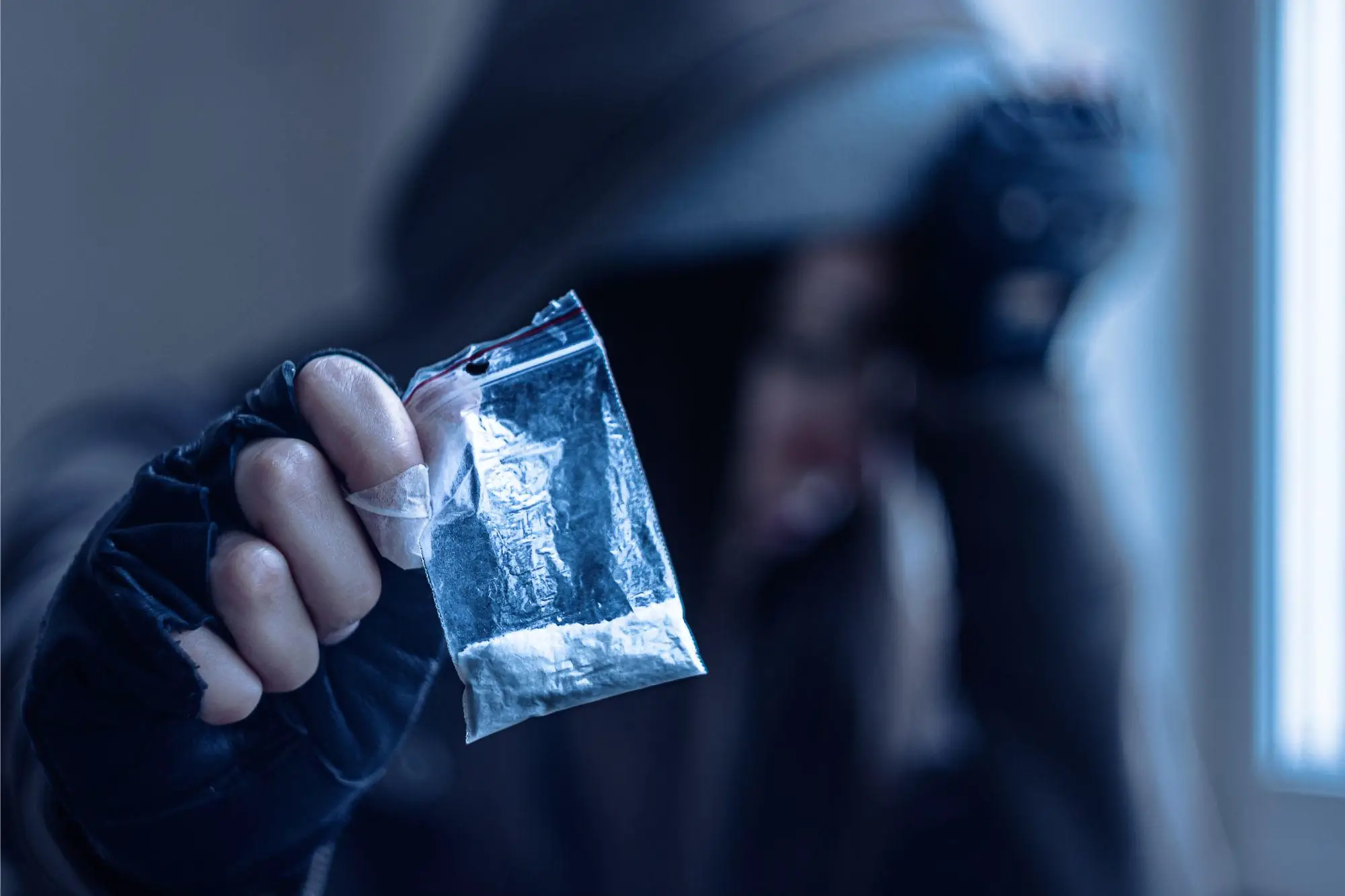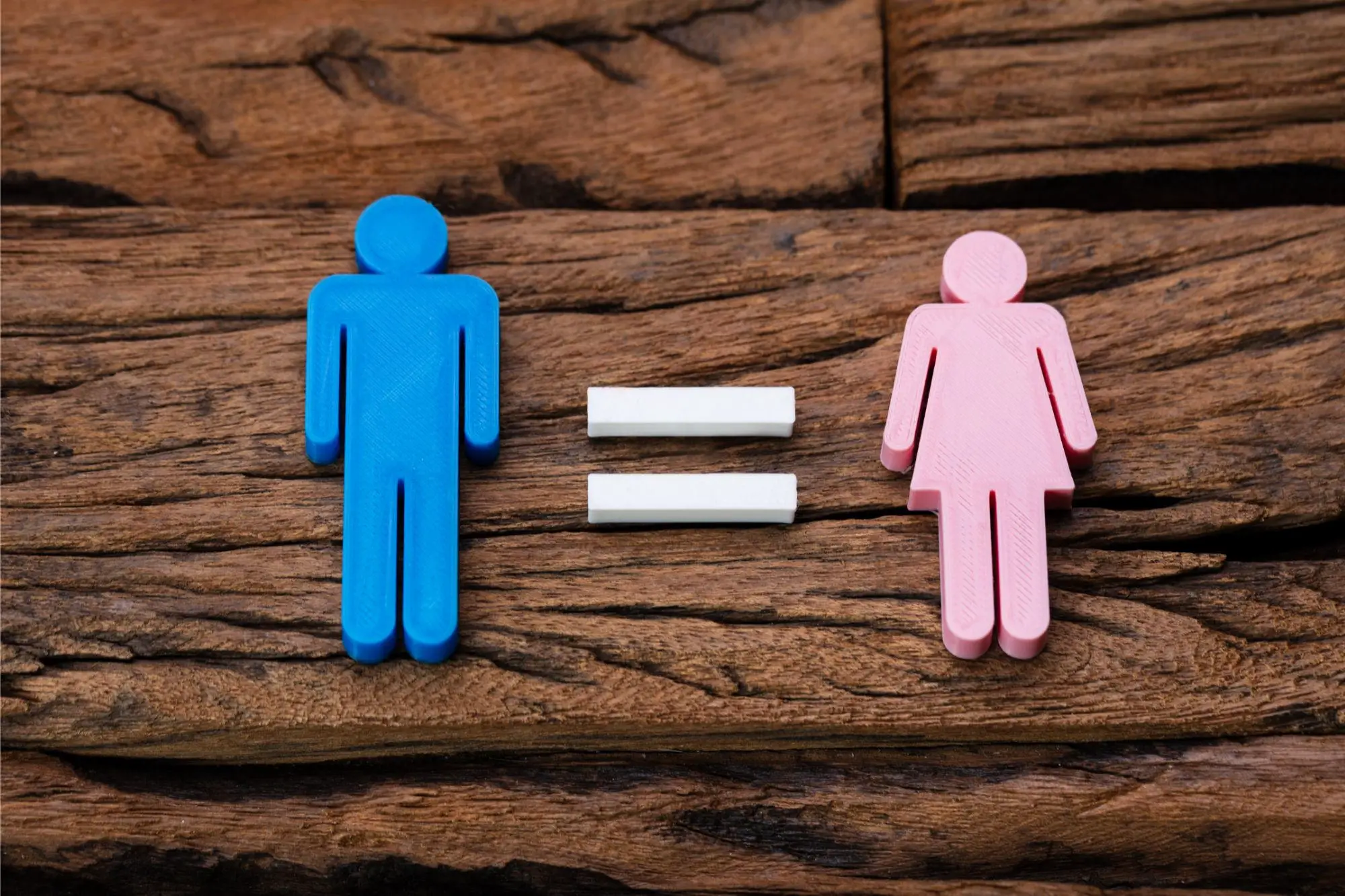Summary of New Analysis Shows Child Drug Use Could Be Twice As High as We Think:
Substance abuse in childhood can interfere with normal brain function, impact learning, and memory, and increase the risk of addiction, among other health problems. A study published in the American Journal of Drug and Alcohol Abuse has found that hair analysis can give more accurate results on adolescent drug use than self-reporting. The study analyzed over 1,300 nine to 13-year-olds and saw that the number of children using drugs detected by hair analysis was nearly double that of those who self-reported in a US survey. The research indicates that future substance use research should integrate self-reporting and hair analysis techniques.
*****
Why Hair Analysis is More Accurate in Evaluating Drug Use among Adolescents
Drug use among adolescents is a growing concern, with serious and long-lasting effects on a young person’s health, development, and future. Using drugs during this critical stage of life can interfere with normal brain function, impact learning, and memory, and increase the risk of addiction and other health problems. A recent study published in the American Journal of Drug and Alcohol Abuse showed that hair analysis is more accurate for evaluating drug use than surveys alone. The study analyzed over 1,300 children between the ages of 9 and 13, revealing that nearly double the number of children were found to have used substances than those who self-reported in a US survey.
Hair Analysis Reveals Increase in Substance Use among Adolescents
The study indicated that hair analysis holds the key to understanding adolescent drug use, revealing a 9% rise in substance use when hair analysis results were combined with survey results. Experts suggest that future substance use research should incorporate both techniques for better results. “It’s vital that we understand the factors that lead to drug use in teenagers so that we can design targeted health initiatives to prevent children from being exposed to drugs at a young age,” says Natasha Wade, an assistant professor of psychology at the University of California, San Diego, who led the study.
Substance Use During Adolescence is a Serious Public Health Issue
According to a report, adolescent substance use is a serious public health issue, with 5% of US 8th graders (ages 13–14) reporting cannabis use in the last year. The numbers are even higher for alcohol and nicotine use, with 26% of 8th graders admitting to drinking and 23% smoking nicotine in the past year. These numbers are worrying enough, as substance use during adolescence is linked to many negative life outcomes, including poor academic achievement, mental health problems, and changes in brain function.
Hair Analysis Reveals Additional Substance Use Cases
The study further revealed that the children who self-reported drug-taking differed from those who tested positive through hair samples. In fact, of the 136 cases that self-reported any substance use and 145 whose hair samples were positive for any drug, matches were found for only 23 points. Most importantly, hair drug analysis revealed an additional 9% of substance use cases over and above self-report alone, nearly doubling the number of identified substance users to 19%.
Combining Methodologies Provides Accurate Results
“A long-standing issue in substance use research, particularly that relating to children and adolescents, is a reliance on self-reporting despite the known limitations to the methodology. When asked, children may misreport (unintentionally or intentionally) and say they take drugs when they don’t, or conversely deny taking drugs when they do,” Dr. Wade says. “But rather than scrapping self-reporting of drug use altogether, a more accurate picture of teenage substance use can be gained by measuring both. Combining both methodologies is therefore vital to accurately determine the levels of substance use in the teenage population.”
Conclusion
With 19% of children between the ages of 9 and 13 testing positive for at least one drug, substance use during adolescence is a serious public health issue that requires immediate attention. Hair analysis may be key to understanding adolescent drug use, as it reveals more accurate results than surveys alone. Combining both methodologies is essential to determine the teenage population’s substance use levels accurately. Future research should consider the limitations of self-reporting and rely on both hair analysis and surveys for better results.



Comments are closed